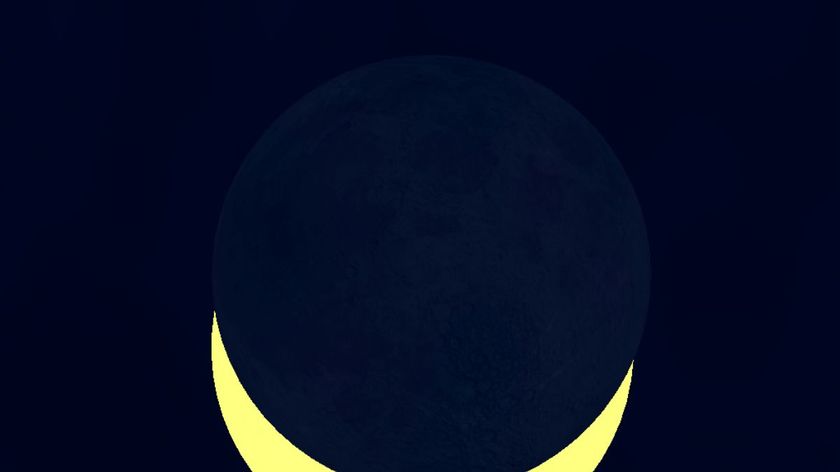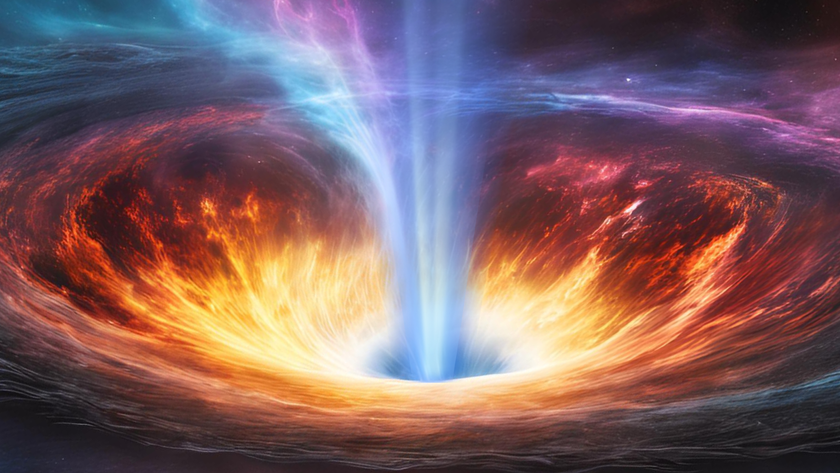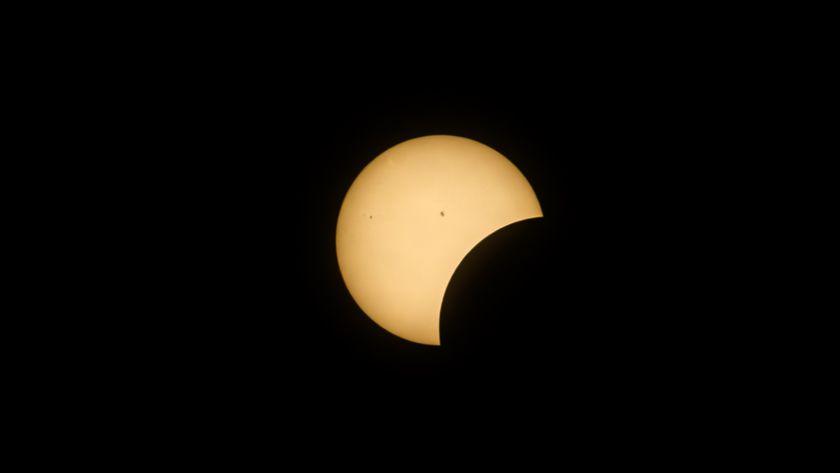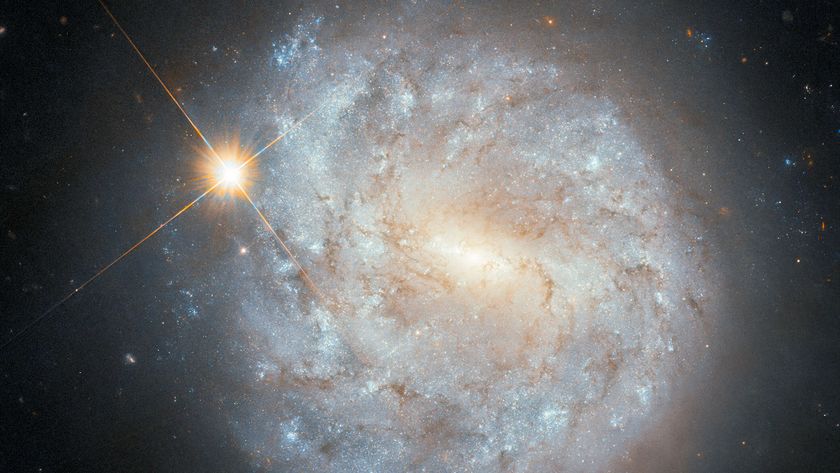Unpredictable Draconid Meteor Shower Peaks Tonight
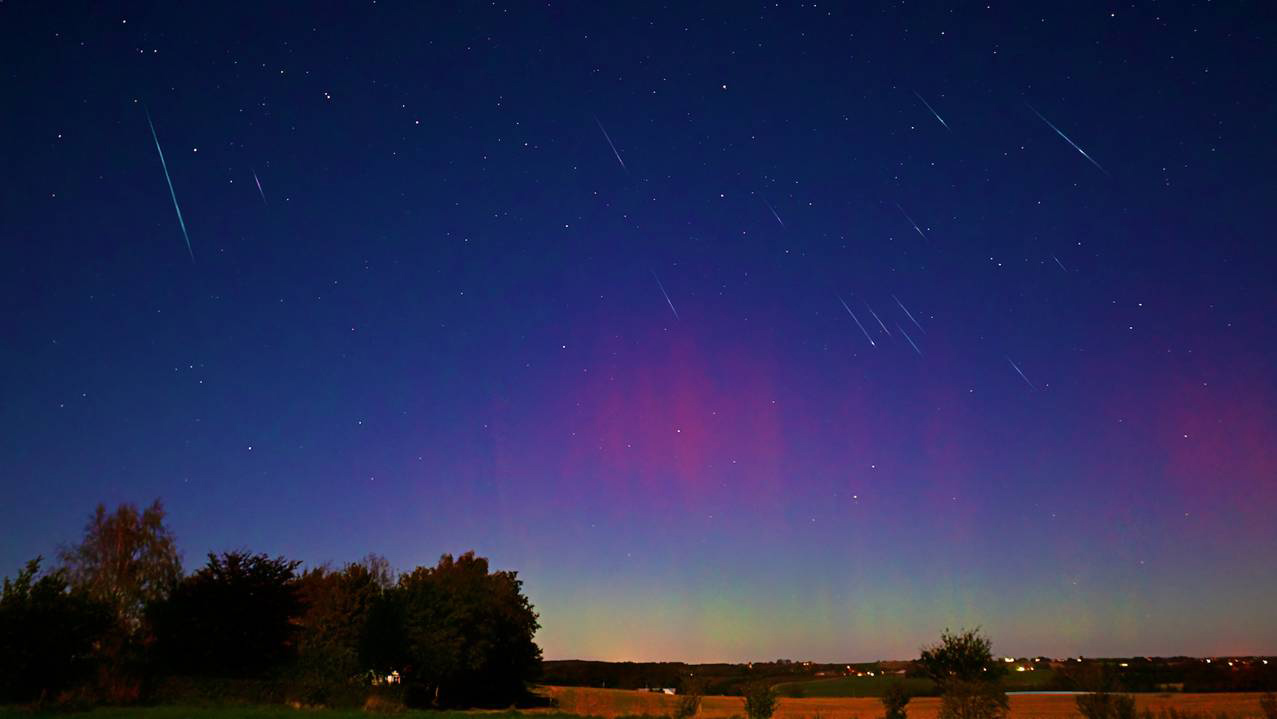
A meteor shower spawned by the remains of a comet will be at its best tonight, but whether the "shooting star" display will peak as amazing celestial fireworks or a cosmic fizzle remains to be seen.
The annual Draconid meteor shower will peak overnight tonight (Oct. 7 and 8) in the first of two substantial fall meteor displays in October. Astronomer Tony Phillips of the night sky observing website Spaceweather.com said the Draconids are "notoriously unpredictable," but worthy of a look by observers with dark, clear skies tonight.
"Northern-hemisphere sky watchers should be alert for slow-moving meteors emerging from the head of the constellation Draco the Dragon (not far from the North Star) on Sunday night, Oct 7th, through Monday morning Oct. 8th," Phillips wrote in weekend skywatching alert.
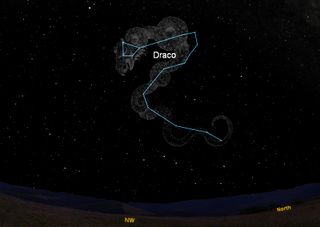
The Draconid meteor shower is created each year when the Earth passes through a trail of dust left over by the comet 21P/Giacobini-Zinner, an icy solar system wanderer that orbits the sun once every 6.6 years.
In 2011, the Earth passed through a dense patch of comet debris and spawned an impressive Draconid meteor shower for some lucky observers, with up to 600 meteors per hour that - while faint - were still amazing, Phillips explained via Spaceweather.com. But last year's display may have been disappointing for observers in North America since it peaked during daylight hours, with the nighttime observing period spoiled by the bright moon.
Phillips said there is no reason to expect an amazing Draconids display on par with the 2011 event. On average, the meteor shower creates between 10 or so meteors an hour, he added.
If you plan to seek out the Draconid meteor shower tonight, here are some handy tips:
Get the Space.com Newsletter
Breaking space news, the latest updates on rocket launches, skywatching events and more!
Find a dark place: It seems like a no-brainer, but clear, dark skies away from the interference of city lights offer the best chances for meteor-seeking night sky observers.
Get comfortable: Sitting upright with your head craned upward can get uncomfortable after awhile. A reclining lawn chair may be a better bet.
Dress warmly: The Fall season is in full swing for Northern Hemisphere observers so a few extra layers to ward off the evening chill is a good idea.
Time it right: According to New York meteorologist Joe Rao, SPACE.com's night sky columnist, the Draconid meteor shower are a bit unusual when it comes to the best observing time. For most meteor showers, the optimum time for observation is around the midnight hour, but the Draconids tend to be at their best in the evening time just after dusk, Rao has explained in the past.
"Their radiant (apparent point of origin due to perspective) is highest after dusk; it moves lower throughout the night and is near the horizon at dawn," Rao wrote ahead of last year's Draconid display.
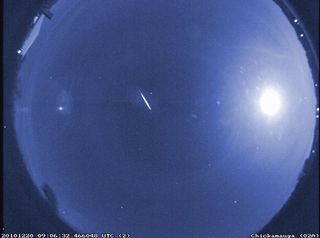
The Orionid meteor shower one of two showers created by the leftovers of the famed Halley's Comet (the Eta Aquarid meteor display in May is the other). It will peak on Oct. 22, according to the International Meteor Organization. [Amazing Orionid Meteor Shower Photos]
Editor's note: If you snap an amazing Draconid meteor photo tonight and you'd like to share it with SPACE.com for a story or image gallery, send images, comments and location information to managing editor Tariq Malik at tmalik@space.com.
You can follow SPACE.com Managing Editor Tariq Malik on Twitter @tariqjmalik and SPACE.com on Twitter @Spacedotcom. We're also on Facebook & Google+.
Join our Space Forums to keep talking space on the latest missions, night sky and more! And if you have a news tip, correction or comment, let us know at: community@space.com.

Tariq is the Editor-in-Chief of Space.com and joined the team in 2001, first as an intern and staff writer, and later as an editor. He covers human spaceflight, exploration and space science, as well as skywatching and entertainment. He became Space.com's Managing Editor in 2009 and Editor-in-Chief in 2019. Before joining Space.com, Tariq was a staff reporter for The Los Angeles Times covering education and city beats in La Habra, Fullerton and Huntington Beach. In October 2022, Tariq received the Harry Kolcum Award for excellence in space reporting from the National Space Club Florida Committee. He is also an Eagle Scout (yes, he has the Space Exploration merit badge) and went to Space Camp four times as a kid and a fifth time as an adult. He has journalism degrees from the University of Southern California and New York University. You can find Tariq at Space.com and as the co-host to the This Week In Space podcast with space historian Rod Pyle on the TWiT network. To see his latest project, you can follow Tariq on Twitter @tariqjmalik.



